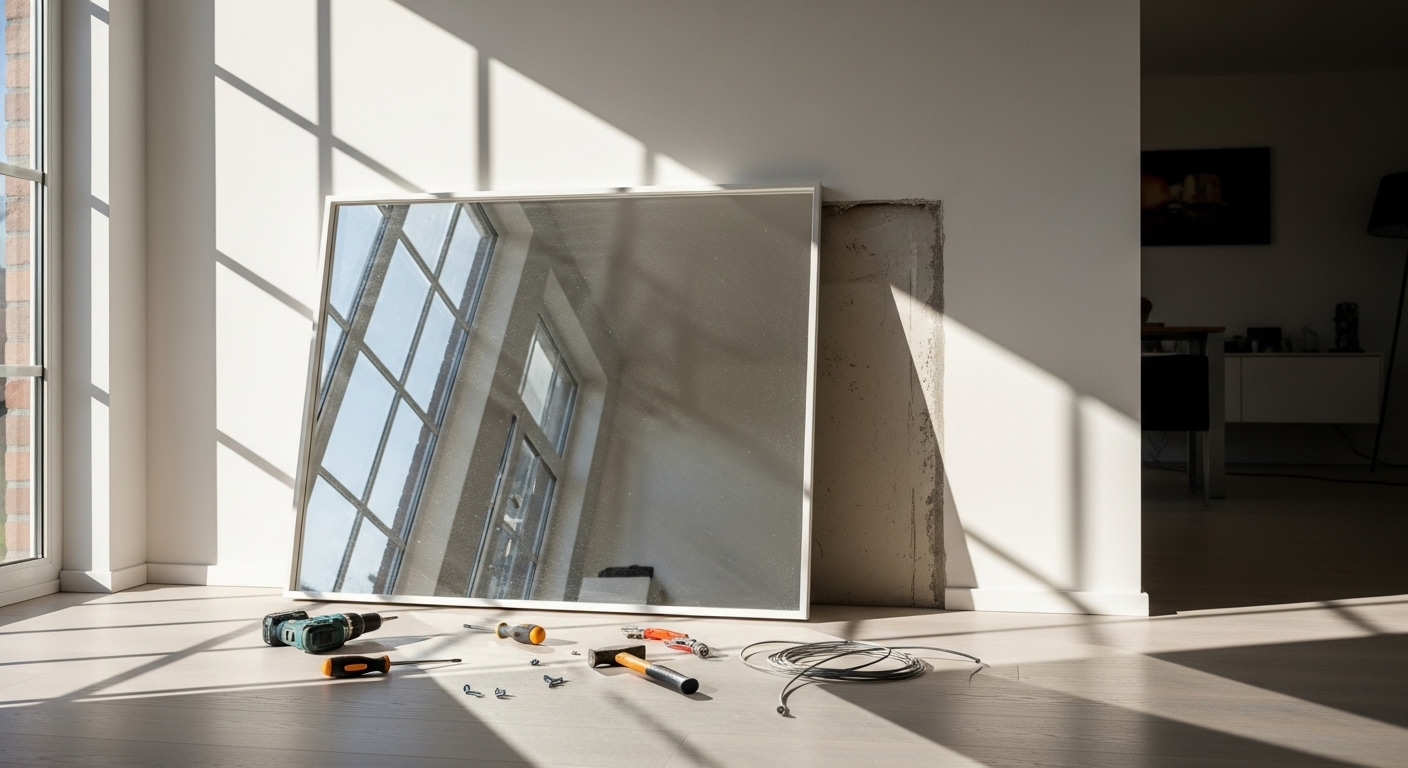If you’ve ever wondered how do you remove mirrors from walls without damaging the surface or injuring yourself, you’re not alone. Mirrors can be heavy, fragile, and often firmly attached with adhesives or clips. Removing them requires the right tools, preparation, and patience. In this guide, you’ll learn proven methods to do it safely.
You may also like: Hello Kitty Wall Mirror – 10 Stunning Reasons for Your Room
Why Knowing How Do You Remove Mirrors from Walls is Important
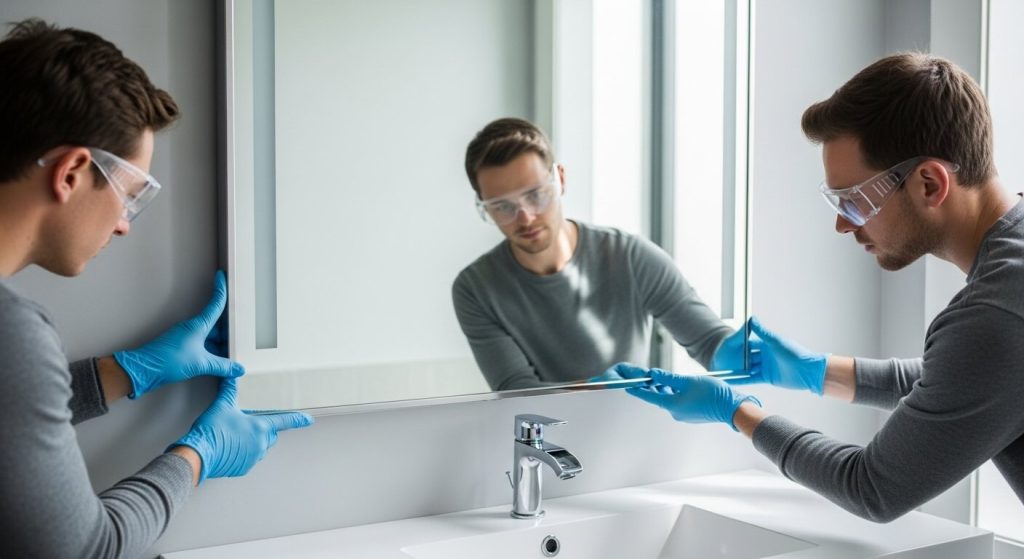
Mirrors can add elegance and light to a room, but when it’s time for a style change or renovation, improper removal can lead to cracked glass, damaged drywall, or even personal injury. Learning the correct method ensures your project goes smoothly and your walls stay intact.
Tools You’ll Need Before Starting
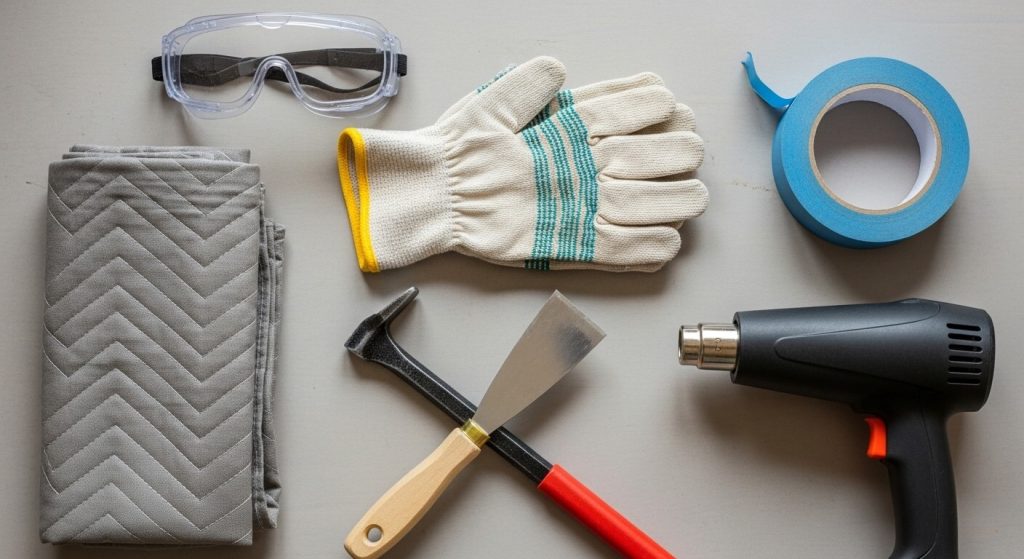
Before you start the process, make sure you have the following:
- Safety goggles
- Heavy-duty gloves
- Drop cloth or blanket
- Pry bar or putty knife
- Painter’s tape
- Heat gun or hairdryer (for adhesive)
- Helper for large mirrors
Step-by-Step Methods on How Do You Remove Mirrors from Walls
Inspect the Mounting Style
Check if your mirror is glued, clipped, or screwed into place. This determines your removal approach.
Protect Yourself and the Surrounding Area
Wear protective gear and lay a drop cloth under the mirror to catch any shards in case of breakage.
Loosen Adhesive with Heat
If the mirror is glued, use a heat gun or hairdryer to soften the adhesive. Apply heat evenly along the edges to prevent uneven stress that could cause the mirror to crack.
Use a Putty Knife or Pry Bar
Gently slide the tool behind the mirror, working slowly to avoid cracks.
Remove Clips or Screws
If your mirror is held by brackets, unscrew them while a helper supports the mirror.
Lift the Mirror Away from the Wall
Carefully remove the mirror and place it flat on a soft surface.
Clean the Wall Surface
Remove any leftover adhesive with a scraper and wipe down the area.
How to Handle Large or Heavy Mirrors
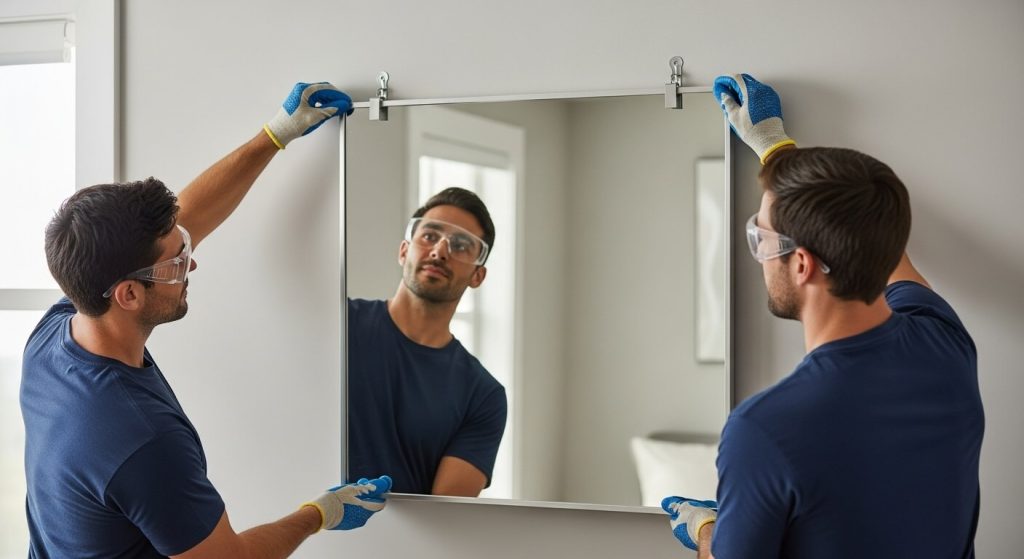
When exploring how do you remove mirrors from walls that are oversized, it’s crucial to have an extra pair of hands. Large mirrors can be extremely heavy, and sudden drops can cause serious injury. Always work with a partner for safety.
Learn more from this detailed guide on Remove a Wall Mirror
Common Mistakes to Avoid
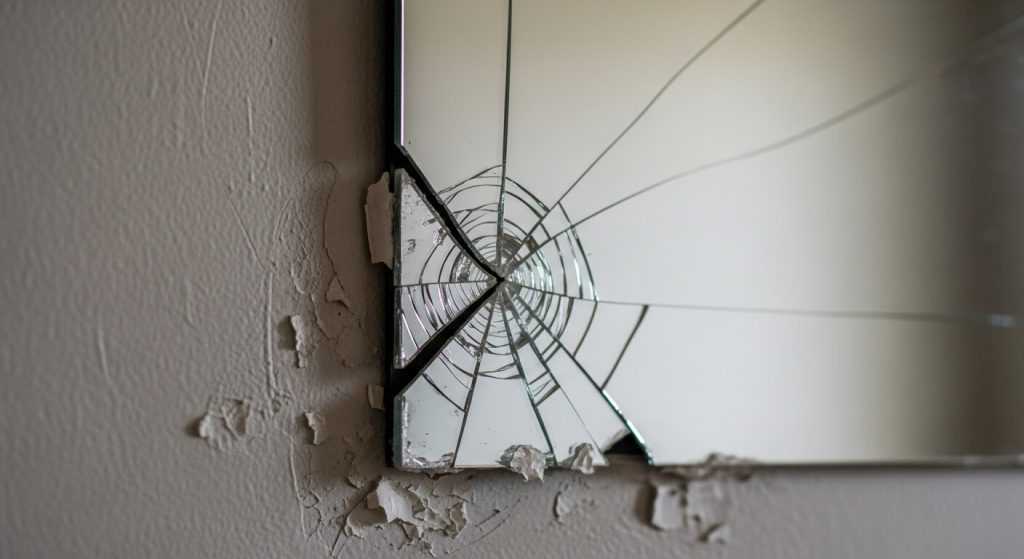
Applying too much force too quickly
Ignoring safety gear
Not inspecting for hidden screws or clips
Overheating the glass during adhesive softening
How Do You Remove Mirrors from Walls Without Damaging Drywall
To protect your drywall, always start from the edges, apply heat gradually, and work with small, gentle prying motions. Avoid rushing, as sudden pressure can tear the wall surface.
When to Call a Professional
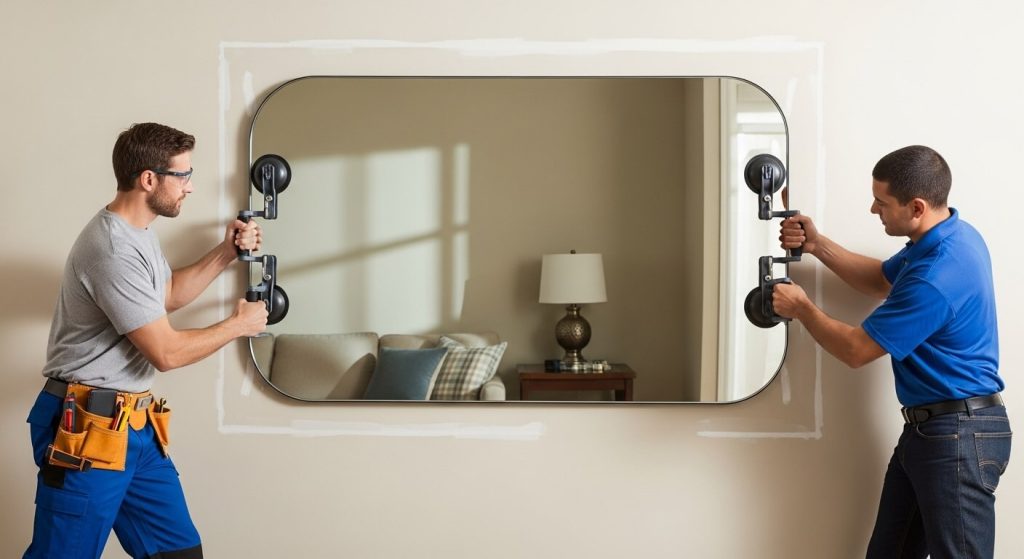
If the mirror is oversized, positioned high on the wall, or heavily glued, hiring a professional ensures safe removal and prevents costly repairs.
Final Thoughts
Knowing how do you remove mirrors from walls safely can save you time, money, and prevent injuries. By preparing the right tools, using gentle techniques, and being patient, you can protect both the mirror and your walls. For larger or complex installations, professional help is worth considering.
FAQs
Can I remove a glued mirror by myself?
Yes, but only if it’s small or medium-sized. For large mirrors, get help to avoid accidents.
What’s the safest way to handle broken mirror pieces?
Wear gloves, wrap shards in thick paper or cloth, and dispose of them in a sturdy box.
How do you remove mirrors from walls without heat tools?
You can use a long, flexible wire or piano wire to cut through the adhesive from behind.
Can I reuse a mirror after removal?
Yes, if removed intact. Clean the back and reframe it for reuse.
